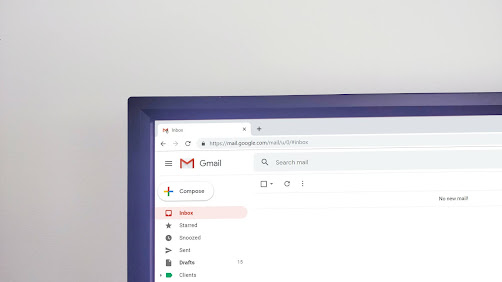For anything to work well, care must be taken to make firm, workable plans to execute it and the same goes for website designs. With a well thought out website design, you will be able to create a site that generates multiple streams of revenue for you. In fact, may websites turn into online wasteland because they are not well planned and do not get a single visitor. Gradually, the webmaster will not be motivated to update it anymore and it turns into wasted cyberspace.
The crucial point of planning your site is optimizing it for revenue if you want to gain any income from the site. Divide your site into major blocks, ordered by themes, and start building new pages and subsections in those blocks. For example, you might have a "food" section, an "accommodation" section and an "entertainment" section for a tourism site. You can then write and publish relevant articles in the respective sections to attract a stream of traffic that comes looking for further information.
When you have a broader, better-defined scope of themes for your website, you can sell space on your pages to people interested in advertising on your page. You can also earn from programs like Google's Adsense and Yahoo! Search Marketing if people surf to those themed pages and click on the ads. For this very reason, the advertisement blocks on your pages need to be relevant to the content, so a themed page fits that criteria perfectly.
As Internet becomes more widespread, advertising on the Internet will bear more results than on magazines or offline media. Hence, start tapping in on this lucrative stream of profit right away!









